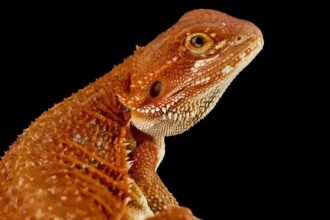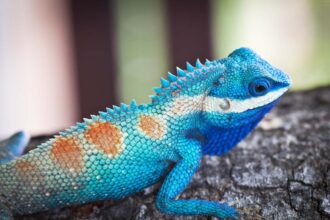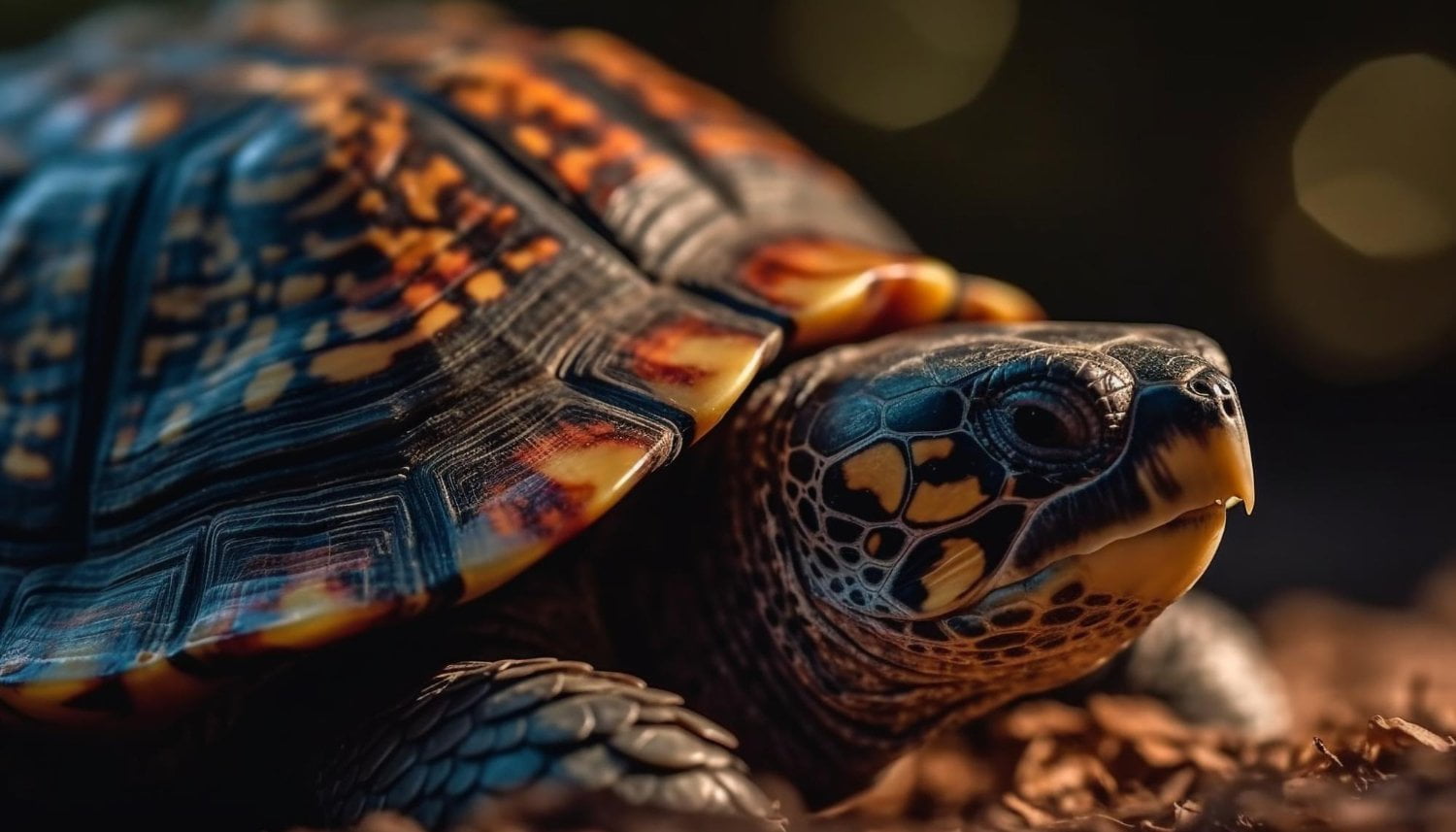Types of predatory reptiles
Among reptiles, predators play a crucial role in maintaining the balance of ecosystems.
From the cunning crocodiles to the swift snakes, each predator has its unique hunting techniques.
In this blog post, we will explore the different types of predatory reptiles and their hunting methods. Join us on a journey to discover the fascinating world of reptilian hunters and their captivating strategies.
Types of Predatory Reptiles
We will learn about all Types of Predatory Reptiles:
Snakes
Venomous snakes:
- Characteristics and examples: Venomous snakes have specialized glands that produce and store venom, which they use to immobilize or kill their prey.
- Examples of venomous snakes include the cobra, rattlesnake, and coral snake.
- Hunting tactics and feeding habits: Venomous snakes use a variety of hunting tactics, from ambush to pursuit, to catch their prey.
- They typically swallow their prey whole, using their flexible jaws to consume animals much larger than themselves.
Constrictor snakes:
- Characteristics and examples: Constrictor snakes use their strong bodies to suffocate their prey.
- Examples of constrictor snakes include the boa constrictor, anaconda, and python.
- Hunting tactics and feeding habits: Constrictor snakes typically hunt by lying in wait for their prey and then striking quickly to wrap their bodies around them.
- They then squeeze tightly until the prey is suffocated, and then swallow it whole.
Crocodilians
Alligators:
- Characteristics and examples: Alligators have a broad snout with a rounded shape, and they are typically found in freshwater habitats.
- Examples of alligators include the American alligator and the Chinese alligator.
- Hunting tactics and feeding habits: Alligators tend to hunt by lurking beneath the surface of the water and then ambushing their prey when they get close enough.
- They typically eat a variety of prey, including fish, birds, and mammals.
Crocodiles:
- Characteristics and examples: Crocodiles have a V-shaped snout and are found in both freshwater and saltwater habitats.
- Examples of crocodiles include the saltwater crocodile and the Nile crocodile.
- b. Hunting tactics and feeding habits: Crocodiles are apex predators and typically hunt by lying in wait near the water’s edge and then lunging out to grab their prey.
- They eat a wide variety of prey, including fish, birds, and mammals.
Lizards
Monitor lizards:
- Characteristics and examples: Monitor lizards have long necks and tails and are known for their sharp claws and powerful jaws.
- Examples of monitor lizards include the Komodo dragon and the monitor lizard.
- Hunting tactics and feeding habits: Monitor lizards are opportunistic predators and will eat a wide variety of prey, including insects, rodents, and even other lizards.
- They typically hunt by using their sharp claws to dig into burrows or climb trees to catch their prey.
Gila monsters:
- Characteristics and examples: Gila monsters are venomous lizards found in the southwestern United States and northern Mexico.
- They have a distinctive pattern of orange and black markings.
- Hunting tactics and feeding habits: Gila monsters are ambush predators and will wait for their prey to come to them.
- They typically eat small mammals, birds, and reptiles and use their venom to immobilize their prey.
Overall, these predatory reptiles have a variety of hunting tactics and feeding habits, but they are all well adapted to catching and consuming their prey.
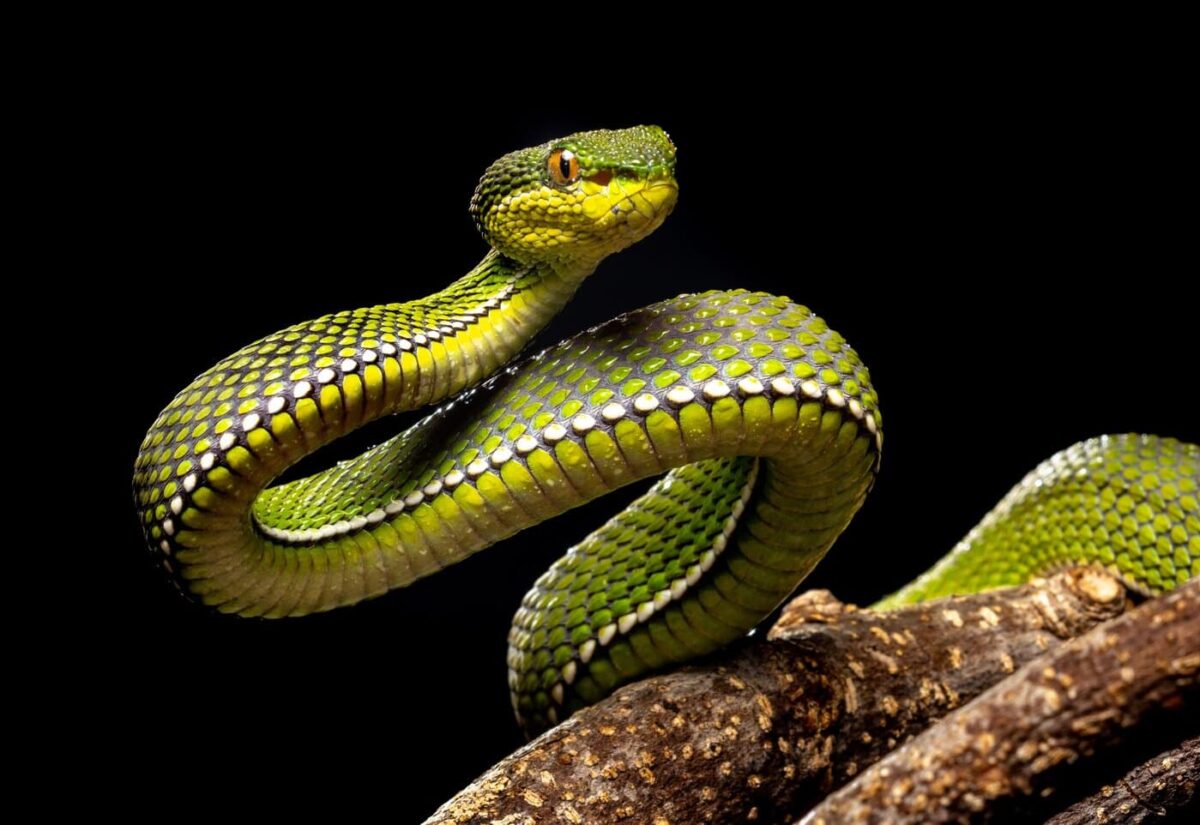
Hunting Methods of Predatory Reptiles
Predatory reptiles, such as snakes, crocodilians, and lizards, have a variety of hunting methods that they use to catch their prey.
Here are some common hunting methods used by predatory reptiles:
- Ambush: Many predatory reptiles, such as venomous snakes and crocodilians, use ambush tactics to catch their prey.
- They will hide and wait for unsuspecting prey to come within striking distance before quickly attacking.
- Pursuit: Some predatory reptiles, such as monitor lizards, will actively pursue their prey.
- They are fast runners and can chase down prey over short distances.
- Constriction: Constrictor snakes, such as the boa constrictor and the python, use their strong bodies to wrap around their prey and squeeze it to death.
- This method is particularly effective against larger prey that they would not be able to swallow whole.
- Venom: Venomous snakes, such as cobras and rattlesnakes, use their venom to immobilize or kill their prey.
- The venom is injected through their fangs and can cause paralysis or death.
- Stealth: Many predatory reptiles, such as crocodilians, are masters of stealth and can approach their prey without being detected.
- This allows them to get close enough to make a quick and deadly attack.
Overall, predatory reptiles use a combination of these hunting methods to catch and consume their prey.
Their specialized adaptations, such as:
- venomous fangs
- or powerful jaws
allow them to be highly successful predators in their respective environments.
How reptiles use stealth and camouflage to capture prey
Stealth and camouflage are important tools for predatory reptiles in hunting and capturing their prey. Here’s how reptiles use these techniques:
- Stealth: Many predatory reptiles, such as crocodilians, snakes, and lizards, are masters of stealth. They use their natural surroundings to hide and approach their prey without being detected.
- They often remain motionless for long periods, waiting for the right opportunity to strike.
- Stealth is particularly effective for reptiles that hunt in water or in low-light conditions.
- They often remain motionless for long periods, waiting for the right opportunity to strike.
- Camouflage: Some predatory reptiles, such as chameleons and geckos, have the ability to change their skin color to blend in with their surroundings.
- This helps them to remain hidden from both prey and predators. Other reptiles, such as snakes and lizards, have skin patterns that closely resemble their surroundings, making them difficult to spot.
- Camouflage is particularly effective for reptiles that hunt in open areas or in vegetation.
- Ambush: Many predatory reptiles use an ambush technique to catch their prey.
- They will often wait patiently in a concealed position until their prey comes within striking distance.
- This technique is often combined with stealth and camouflage to increase the chances of a successful hunt.
- Patience: Some predatory reptiles, such as crocodilians and snakes, are known for their patience.
- They will often wait for long periods without moving until their prey comes within striking distance.
- This technique requires a lot of patience and can be particularly effective for reptiles that live in habitats with limited food resources.
- They will often wait for long periods without moving until their prey comes within striking distance.
In summary, predatory reptiles use stealth and camouflage to approach their prey without being detected, increasing their chances of a successful hunt.
They may also use an ambush technique or display patience to wait for the right opportunity to strike.
These techniques are highly specialized and allow predatory reptiles to be successful hunters in their respective environments.
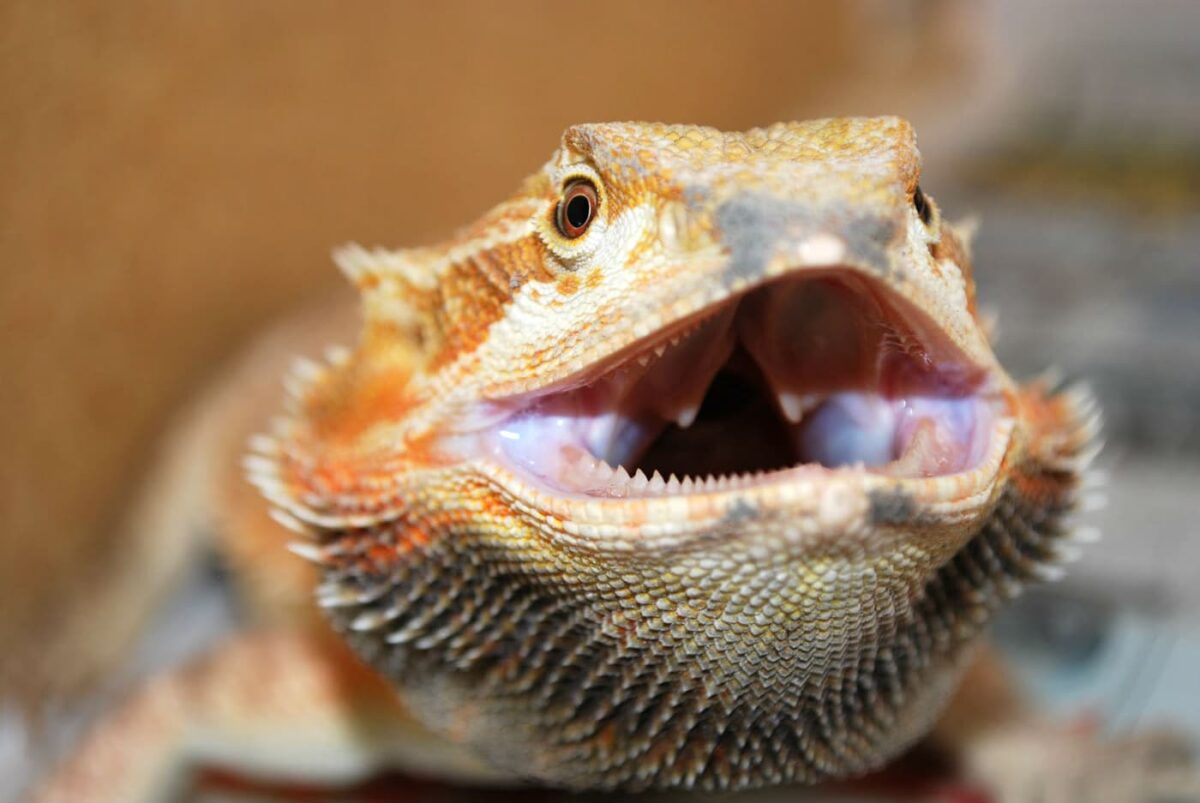
Conclusion
Predatory reptiles are fascinating and intimidating creatures.
They have a variety of powerful hunting techniques, such as ambush, exploitation, pursuit, and patience.
They have exceptional abilities that enable them to hunt and survive in harsh environments.
Although some of these reptiles may seem scary, they play an important role in the environment and help to maintain ecological balance.
Therefore, we should learn more about these reptiles and respect them as part of our biodiversity.
Learn more: The Red Bearded Dragon





